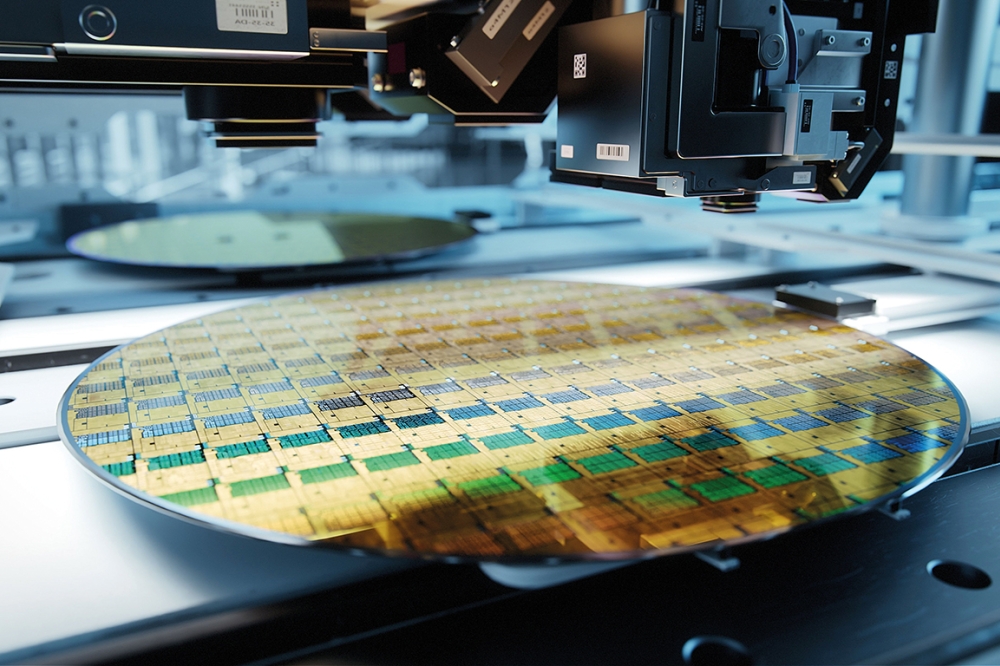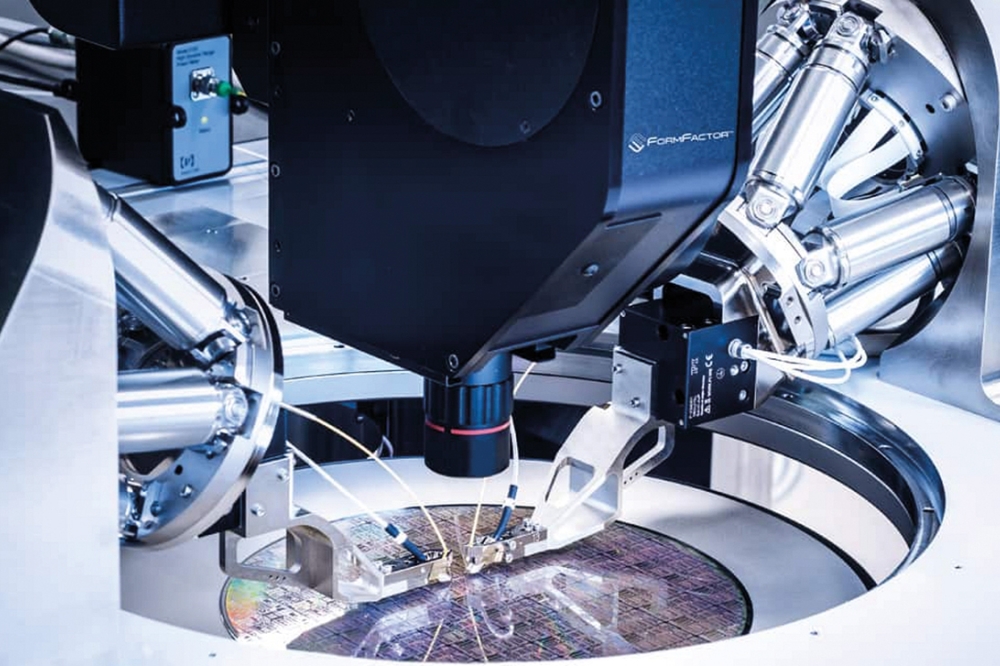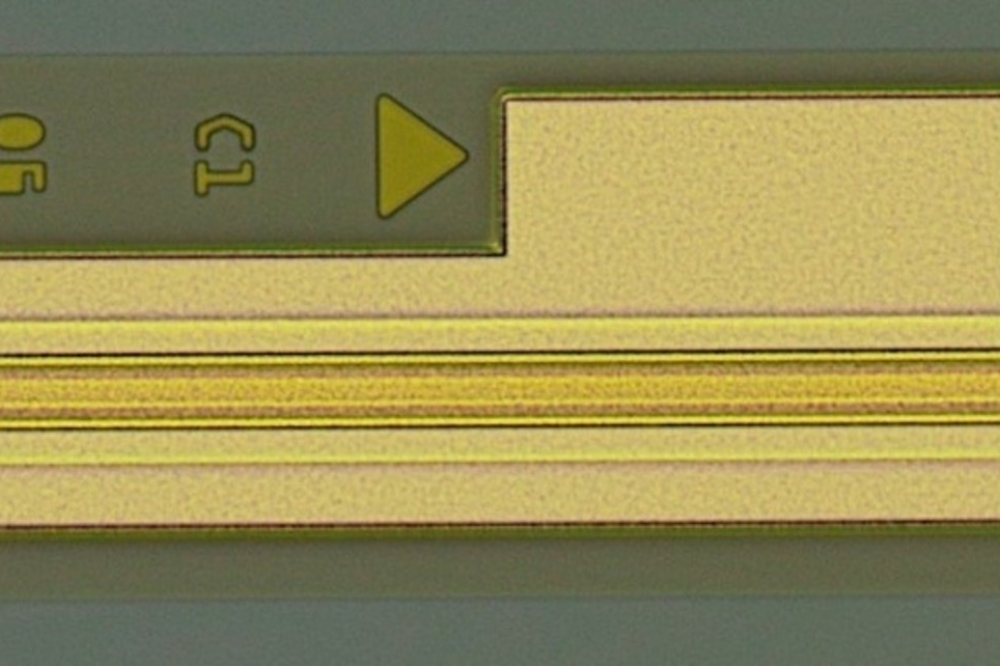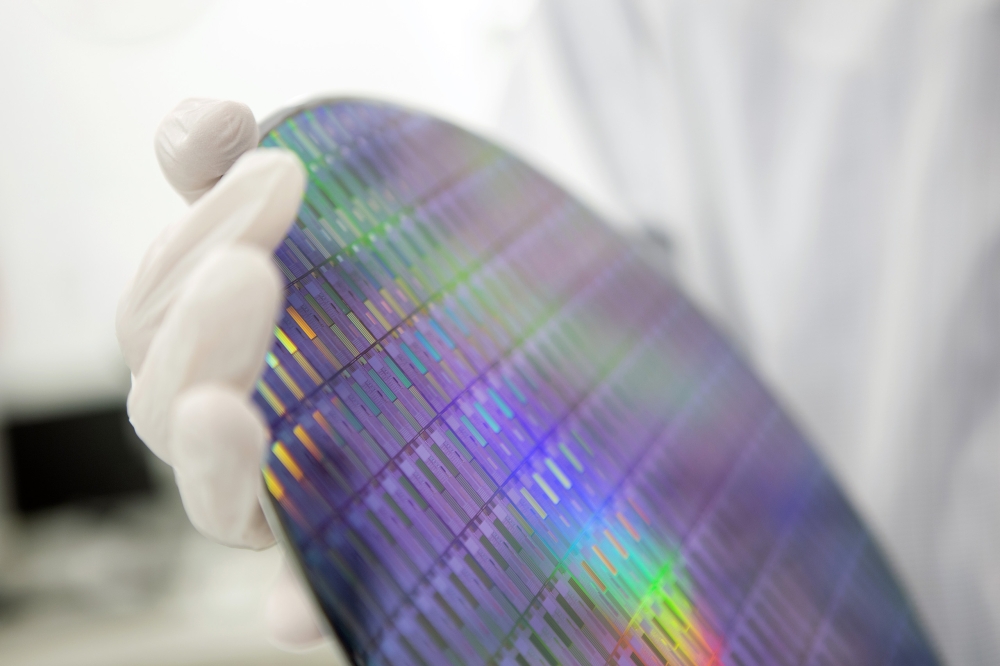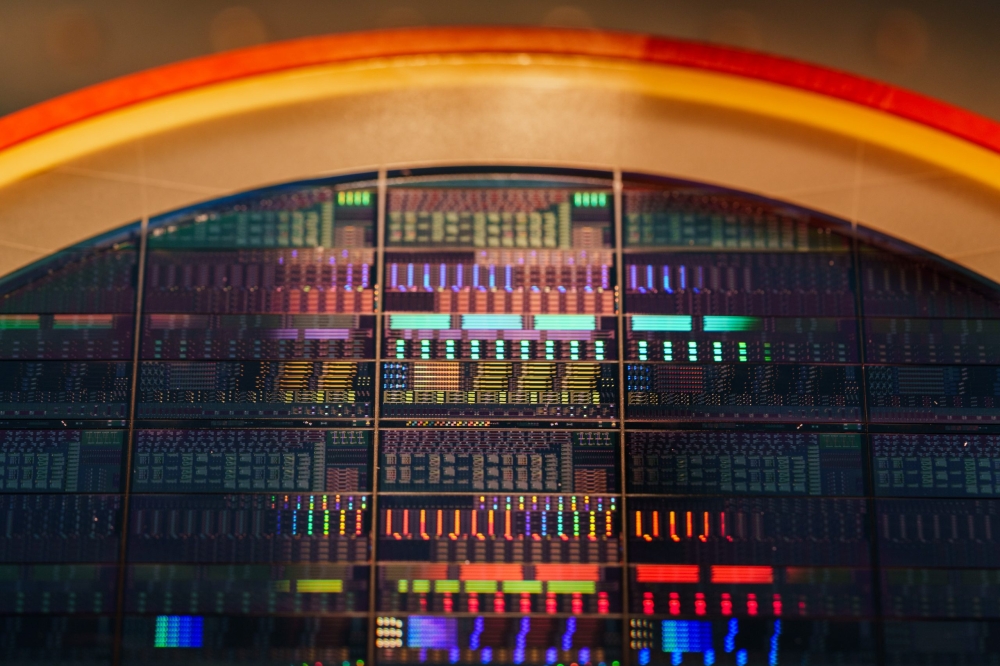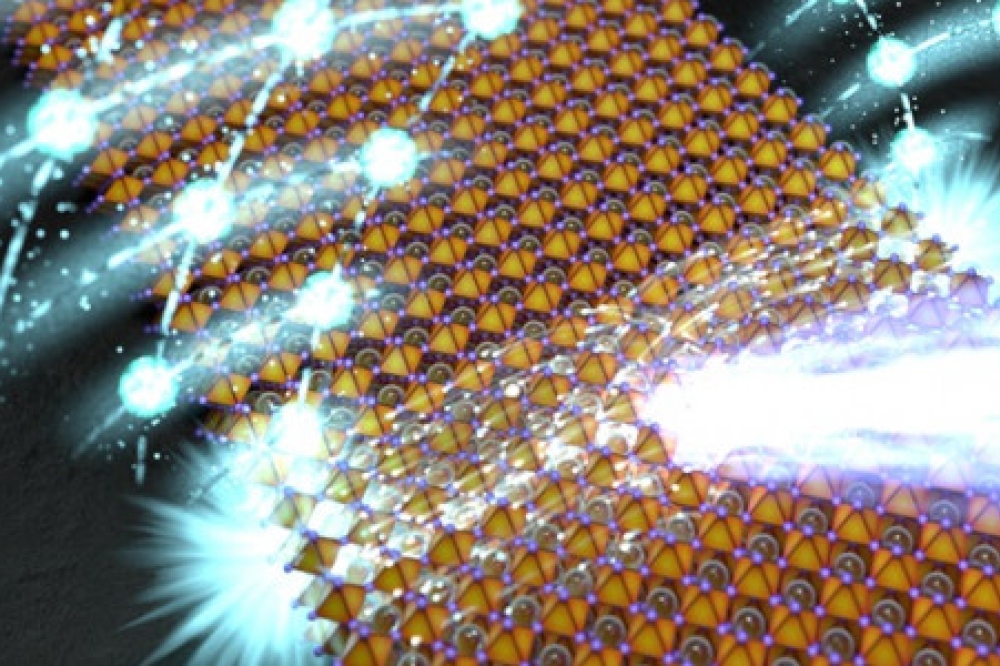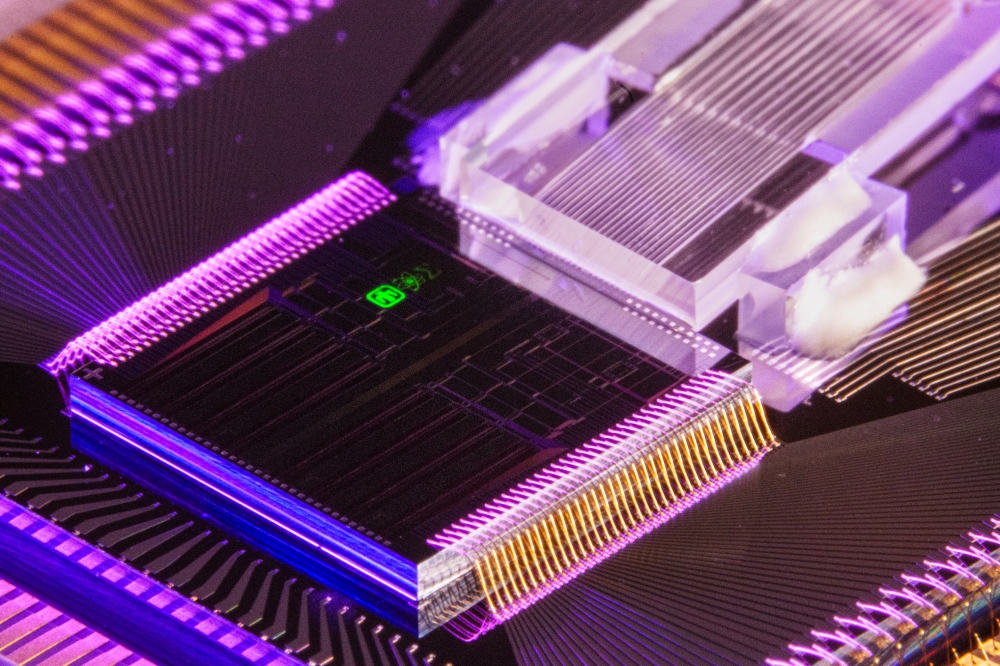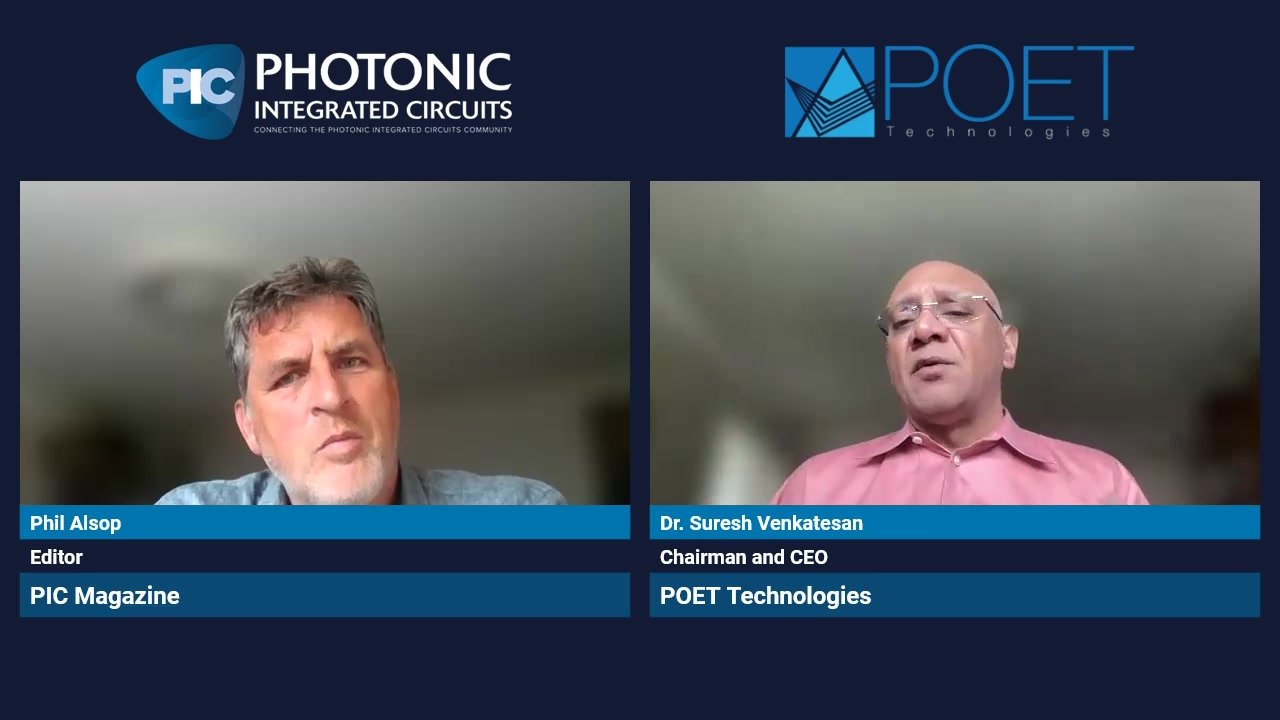News Article
NeoPhotonics to acquire telecom division of Lapis
This will add to the firm's capabilities for over 100G deployment and strengthen the firm for high speed telecom and datacom applications
PIC manufacturer NeoPhotonics Corporation has entered into a definitive agreement to acquire the semiconductor optical components business unit (OCU) of Lapis Semiconductor Co., Ltd.
Lapis Semiconductor is a wholly-owned subsidiary of Rohm Co. Ltd.
OCU is to be acquired by NeoPhotonics Semiconductor GK, a Japanese subsidiary of NeoPhotonics.
Today’s rapidly accelerating demand for bandwidth is driving increasing needs for capable, scalable telecommunication networks. These advanced network systems are increasingly relying upon photonic integration technologies based on advanced components and scalable device integration approaches.
This aquisition should accelerate the development of NeoPhotonics Photonic Integrated Circuit (PIC) technology by coupling complex optical devices and analogue semiconductor ICs within the same platform.
Also, the NeoPhotonics technology portfolio would expand to include high speed semiconductor devices for signal generation and amplification, which are designed to enable advanced modulation methodologies, enhanced performance, and reduced power consumption in communications networks.
“We are excited about signing this definitive acquisition agreement as Lapis Semiconductor OCU is a leading provider of high speed devices for communications,” says Tim Jenks, NeoPhotonics Chairman and CEO.
“Lapis Semiconductor OCU provides a broad range of lasers, drivers, and detectors for high speed 100G applications. We believe the company’s technologies are well-suited for data rates in optical networks beyond 100G as well. We also believe this acquisition can enhance our ability to provide customers with innovative and technologically advanced optical communication products, which can benefit our customers as they strive to accelerate the delivery of scalable high speed and high bandwidth connectivity."
“The transaction is a natural step in the relationship between NeoPhotonics and Lapis Semiconductor OCU, as the businesses have been collaborating closely on high speed coherent technology development for the past four years. Further we plan to leverage our existing sales channels after the acquisition, as the two businesses serve many common customers. The transaction will provide NeoPhotonics with revenue from OCU’s advanced lasers and drivers used in many of today’s 100G client-side data transmission modules,” concludes Jenks.
NeoPhotonics Semiconductor GK, an indirect wholly-owned subsidiary of NeoPhotonics Corporation, has agreed to pay approximately $36.8 million in cash, which is comprised of approximately $21.2 million in cash, before adjustments for the business unit and an additional $15.6 million over three years for the associated real estate.
The acquisition agreements provide for the purchase of the Lapis Semiconductor OCU business, together with a portfolio of more than 150 patents and patents applications, its campus and high speed semiconductor and laser and detector fabrication facility.
Payments will be made in Japanese Yen. Following completion of the transaction, NeoPhotonics intends to combine and operate the business as NeoPhotonics Semiconductor GK in its current location near Tokyo, Japan.
The Lapis Semiconductor OCU business is a high speed semiconductor and high speed laser and photodetector devices for communications networks.
OCU was an early innovator in high speed optoelectronics and the business today is among the leading producers of both analog electronic ICs and photonic solutions for the current generation of 100G modules used in accelerating deployments.
The Lapis Semiconductor OCU business unit is not a standalone company. Lapis says OCU had a revenue of approximately $45 million for the first nine months ended September 30th, 2012. For the same period, approximately 30 percent of revenue attributable to OCU was from network equipment manufacturers that are also customers of NeoPhotonics. This is approximately 6 percent of revenue attributable to OCU from NeoPhotonics, and the remainder attributable to OCU was from other optical module manufacturers and test and measurement customers.
The board of directors of each company has approved the transaction. The parties expect the transaction to close in the second quarter or sooner. Completion of the transaction is subject to various customary closing conditions.
Lapis Semiconductor is a wholly-owned subsidiary of Rohm Co. Ltd.
OCU is to be acquired by NeoPhotonics Semiconductor GK, a Japanese subsidiary of NeoPhotonics.
Today’s rapidly accelerating demand for bandwidth is driving increasing needs for capable, scalable telecommunication networks. These advanced network systems are increasingly relying upon photonic integration technologies based on advanced components and scalable device integration approaches.
This aquisition should accelerate the development of NeoPhotonics Photonic Integrated Circuit (PIC) technology by coupling complex optical devices and analogue semiconductor ICs within the same platform.
Also, the NeoPhotonics technology portfolio would expand to include high speed semiconductor devices for signal generation and amplification, which are designed to enable advanced modulation methodologies, enhanced performance, and reduced power consumption in communications networks.
“We are excited about signing this definitive acquisition agreement as Lapis Semiconductor OCU is a leading provider of high speed devices for communications,” says Tim Jenks, NeoPhotonics Chairman and CEO.
“Lapis Semiconductor OCU provides a broad range of lasers, drivers, and detectors for high speed 100G applications. We believe the company’s technologies are well-suited for data rates in optical networks beyond 100G as well. We also believe this acquisition can enhance our ability to provide customers with innovative and technologically advanced optical communication products, which can benefit our customers as they strive to accelerate the delivery of scalable high speed and high bandwidth connectivity."
“The transaction is a natural step in the relationship between NeoPhotonics and Lapis Semiconductor OCU, as the businesses have been collaborating closely on high speed coherent technology development for the past four years. Further we plan to leverage our existing sales channels after the acquisition, as the two businesses serve many common customers. The transaction will provide NeoPhotonics with revenue from OCU’s advanced lasers and drivers used in many of today’s 100G client-side data transmission modules,” concludes Jenks.
NeoPhotonics Semiconductor GK, an indirect wholly-owned subsidiary of NeoPhotonics Corporation, has agreed to pay approximately $36.8 million in cash, which is comprised of approximately $21.2 million in cash, before adjustments for the business unit and an additional $15.6 million over three years for the associated real estate.
The acquisition agreements provide for the purchase of the Lapis Semiconductor OCU business, together with a portfolio of more than 150 patents and patents applications, its campus and high speed semiconductor and laser and detector fabrication facility.
Payments will be made in Japanese Yen. Following completion of the transaction, NeoPhotonics intends to combine and operate the business as NeoPhotonics Semiconductor GK in its current location near Tokyo, Japan.
The Lapis Semiconductor OCU business is a high speed semiconductor and high speed laser and photodetector devices for communications networks.
OCU was an early innovator in high speed optoelectronics and the business today is among the leading producers of both analog electronic ICs and photonic solutions for the current generation of 100G modules used in accelerating deployments.
The Lapis Semiconductor OCU business unit is not a standalone company. Lapis says OCU had a revenue of approximately $45 million for the first nine months ended September 30th, 2012. For the same period, approximately 30 percent of revenue attributable to OCU was from network equipment manufacturers that are also customers of NeoPhotonics. This is approximately 6 percent of revenue attributable to OCU from NeoPhotonics, and the remainder attributable to OCU was from other optical module manufacturers and test and measurement customers.
The board of directors of each company has approved the transaction. The parties expect the transaction to close in the second quarter or sooner. Completion of the transaction is subject to various customary closing conditions.











